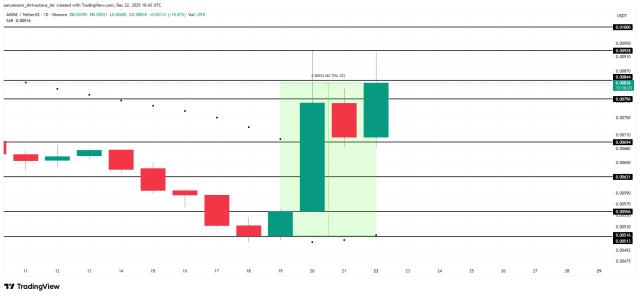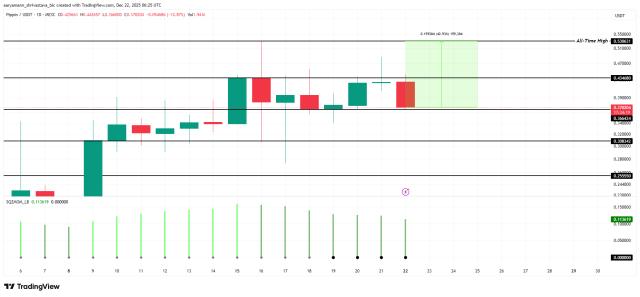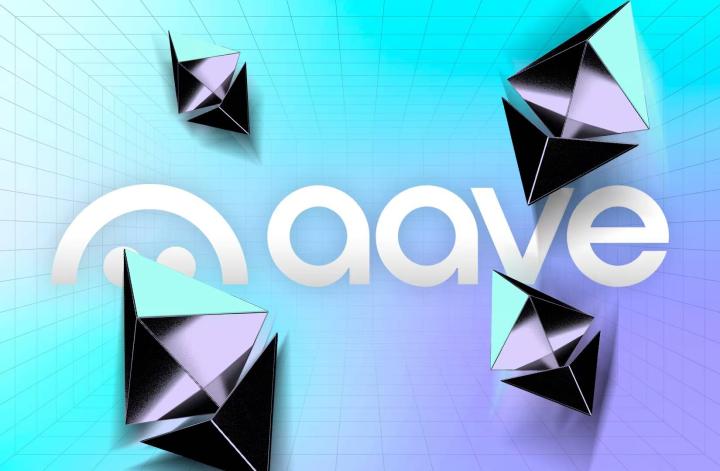Introduction
"Tokenomics" is a term derived from the combination of "token" and "economics." Understanding tokenomics is crucial when conducting fundamental research on cryptocurrency projects. In addition to examining the whitepaper, founding team, roadmap, and community development, tokenomics is a core factor in assessing the future potential of blockchain projects. To ensure long-term sustainability, it is essential to carefully design the economic model of a cryptocurrency project.
An Introduction to Cryptocurrency Economics
Blockchain projects are designed around tokens, structuring their operational mechanisms to encourage or discourage specific user behaviors. This is similar to how central banks regulate consumption, lending, savings, and money flow through printing currency and implementing monetary policy. It is important to note that "token" here refers not only to cryptocurrencies (coins) but also to other types of tokens. Click here to learn about the differences between the two. Unlike fiat currency, the rules of tokenomics are implemented through code, which is publicly transparent, predictable, and difficult to change.
Taking Bitcoin as an example, its total supply is pre-defined at 21 million coins. It is generated and circulated through mining, where miners produce a block approximately every 10 minutes and receive a certain amount of Bitcoin as a reward.
This reward mechanism is known as block subsidy. The reward halves every 210,000 blocks. Following this schedule, the reward is reduced approximately every four years. Since the Bitcoin network’s first block, known as the genesis block, was created on January 3, 2009, the block subsidy has halved three times, decreasing from 50 Bitcoin to 25 Bitcoin, then to 12.5 Bitcoin, and currently to 6.25 Bitcoin.
Based on these rules, it is estimated that around 328,500 Bitcoin will be mined in 2022. This calculation is derived by dividing the total number of minutes in a year by 10 (since one block is mined every 10 minutes) and then multiplying by 6.25 (the reward per block). From this, we can approximate the annual Bitcoin production, with the last Bitcoin expected to be mined around the year 2140.
Bitcoin's token economics model also includes transaction fees. After a new block is validated, miners receive a transaction fee. As transaction volume increases, the network becomes more congested, leading to higher transaction fees. This design helps to reduce spam transactions and incentivizes miners to continue validating transactions as the block subsidy gradually decreases.
In summary, Bitcoin’s operational mechanism is both simple and ingenious, with everything being transparent and predictable. The incentive mechanisms designed around Bitcoin motivate participants to continually inject value into the cryptocurrency, thereby maintaining the network's stable operation.
Key Elements of Tokenomics
Tokenomics encompasses various factors that influence the value of cryptocurrencies. This term primarily refers to the economic structure of the cryptocurrency designed by its founders. When studying the tokenomics of cryptocurrencies, several key elements warrant attention.
Token Supply
Supply and demand are key factors that influence the prices of any goods and services, and cryptocurrencies are no exception. Here are several important indicators for measuring token supply.
First is the maximum supply, which is the upper limit of the number of tokens predefined by the code. Bitcoin has a maximum supply of 21 million coins, Litecoin is capped at 84 million, and Binance Coin has a maximum supply of 200 million.
Some tokens do not have a supply cap. For instance, the supply of Ether on the Ethereum network increases annually. Stablecoins such as USDT, USDC, and BUSD also do not have a maximum supply, as these coins are issued based on their underlying reserve assets. Theoretically, the supply of these coins can continue to grow. Dogecoin and Polkadot are also examples of cryptocurrencies without a supply limit.
The second important metric is the circulating supply, which refers to the number of tokens currently available in the market. Tokens can be minted, burned, or locked in other ways, all of which can affect their price.
By examining a token's supply, we can roughly predict how many tokens will eventually be generated.
Token Utility
Token utility refers to the intended uses of the token. For example, the utility of Binance Coin includes powering the BNB Chain, paying transaction fees with discounts, and serving as a community utility token within the BNB Chain ecosystem. Users can also stake Binance Coin through various products within the ecosystem to earn additional income.
Tokens can have many other uses as well. Holders of governance tokens can vote on changes to the token protocol. Stablecoins can function as regular currency, while security tokens represent specific financial assets. For instance, a company might issue tokenized shares during an Initial Coin Offering (ICO), granting holders ownership and dividends.
This information will help you identify the potential uses of a token, which is crucial for understanding its future development direction.
Analyzing Token Distribution
In addition to supply and demand, the manner in which tokens are distributed is equally important. The behaviors of large institutions and individual investors often differ. Understanding the types of entities holding the tokens allows you to speculate on how these holders might trade, which will directly impact the token's value.
Typically, there are two main methods for launching and distributing tokens: fair launch and pre-mining. A fair launch means that no one has priority access or small-scale distribution before the tokens are minted and distributed to the public. Bitcoin and Dogecoin are examples of this approach.
On the other hand, pre-mining involves minting a portion of the cryptocurrency in advance and distributing it to specific groups before making it available to the public. Ethereum and Binance Coin both utilized pre-mining.
It is also essential to consider whether the token distribution is equitable. If a majority of tokens are held by a few large institutions, this often indicates a higher risk. If patient investors and the founding team hold the majority of tokens, interests are more aligned, making long-term success more likely.
Furthermore, understanding the lock-up and release schedules for tokens is important to assess whether a large number of tokens will enter circulation, potentially exerting downward pressure on the token's value.
Understanding Token Burns
Many crypto projects periodically burn tokens, meaning that some tokens will permanently exit circulation.
For example, Binance Coin reduces its total supply through regular token burns. The initial pre-mined amount of Binance Coin was 200 million; as of June 2022, the total supply was 165,116,760 coins. In the future, Binance Coin will continue to burn tokens until the total supply is reduced to 50% of the initial amount, or 100 million coins. Similarly, Ethereum began burning Ether in 2021 to decrease its total supply.
Reducing token supply is referred to as deflation, while continuously expanding token supply is known as inflation.
Incentive Mechanisms
The incentive mechanisms of tokens are crucial, as ensuring participant engagement is a core issue in tokenomics. The design of Bitcoin's block subsidy and transaction fees is regarded as a straightforward and effective incentive model.
Proof of Stake (PoS) is another increasingly popular method for transaction validation. In this mechanism, participants are required to lock a certain amount of tokens to validate transactions. Generally speaking, the more tokens that are locked, the greater the chance of being selected as a validator and receiving rewards. This also means that if a validator attempts to compromise the network, their assets are at risk. This design incentivizes participants to act honestly, thereby maintaining the robustness of the protocol.
Many decentralized finance (DeFi) projects also utilize innovative incentive mechanisms to achieve rapid growth. For example, on the cryptocurrency lending platform Compound, investors can deposit cryptocurrencies to earn interest and receive COMP tokens as additional rewards. Moreover, COMP tokens serve as governance tokens for the Compound protocol. This design effectively aligns the interests of Compound with all participants, contributing to the project's long-term development.
The Future Direction of Tokenomics
Since the launch of Bitcoin's genesis block in 2009, tokenomics has undergone significant evolution. Developers have explored various token economic models, with some achieving success while others have faced setbacks. Bitcoin's token economic model has withstood the test of time and continues to operate, while poorly designed tokens encounter difficulties.
Non-fungible tokens (NFTs) employ a token model based on digital scarcity, which may lead to new innovations in the tokenization of traditional assets, such as real estate and artworks.
Conclusion
To enter the cryptocurrency space, understanding tokenomics is an essential foundational concept. Tokenomics encompasses the core factors that influence token value. However, assessments should not be one-size-fits-all; multiple factors should be considered for a comprehensive analysis. Tokenomics can be combined with other fundamental analysis tools to provide a more holistic view of a project's future prospects and its token price.
Ultimately, the operational model of a token will have a profound impact on its utility, the ease of establishing a network, and user preferences regarding the token.






